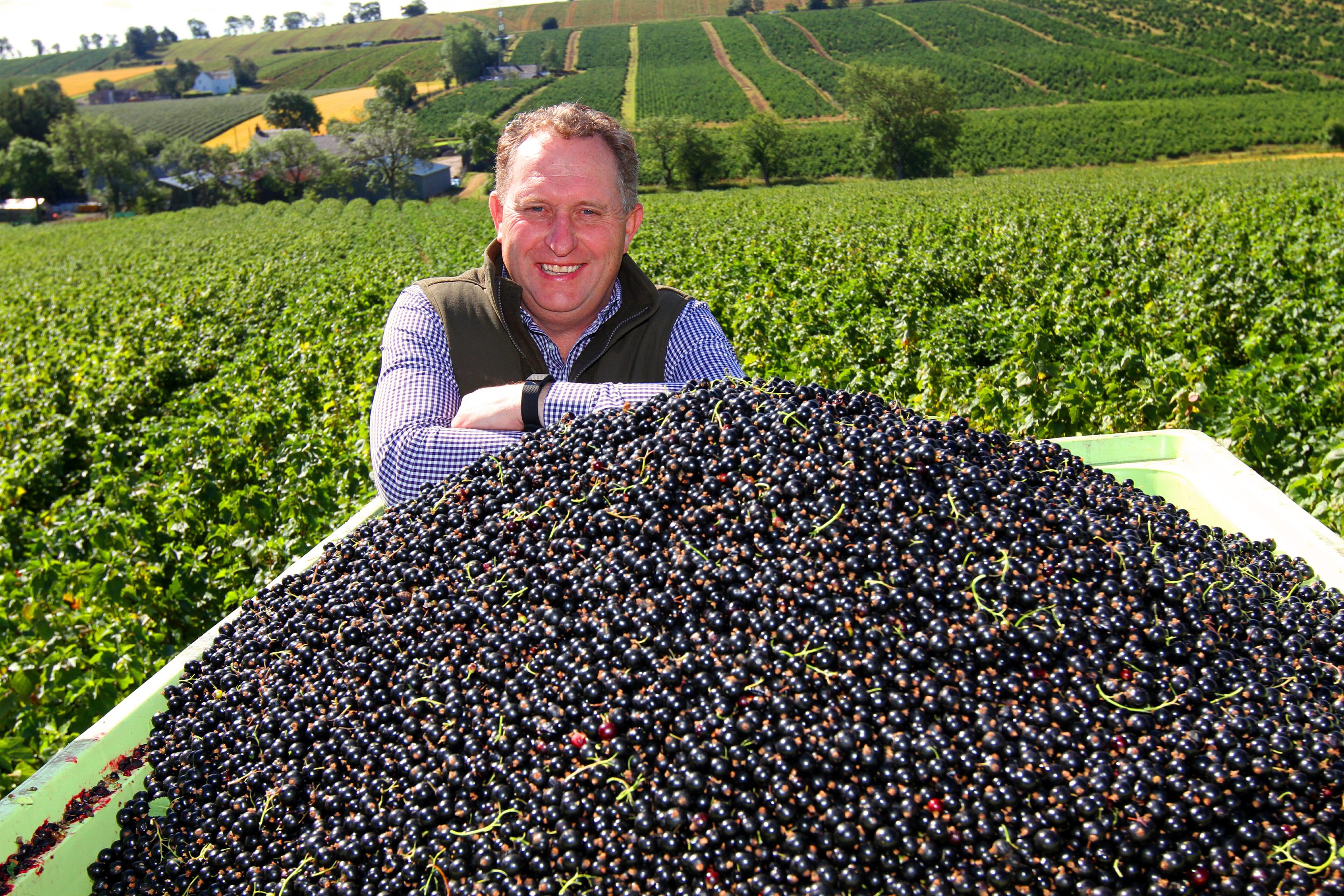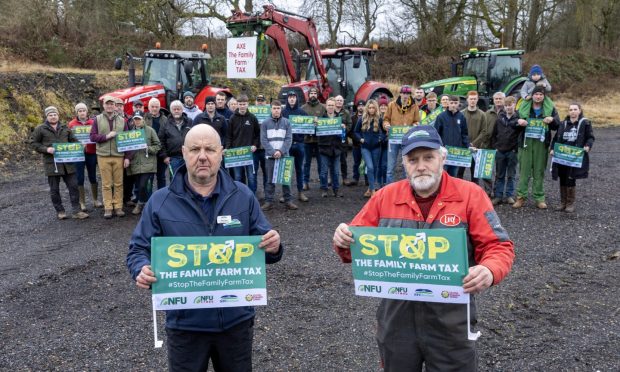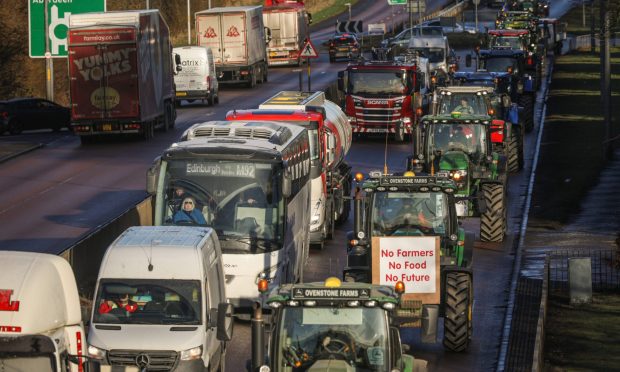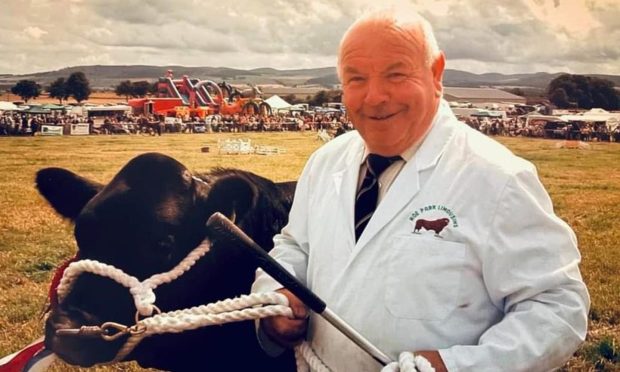It’s known in farming circles as the Ribena club.
The exclusive producer group comprises just 33 of the UK’s top fruit growers who supply all the blackcurrants required to produce Britain’s leading juice drink brand.
Only four growers farm in Scotland, and this weekend Andrew and Julie Husband at East Adamston on the outskirts of Dundee will host a Ribena fun day for 120 people while blackcurrant harvesting continues at full throttle in the fields.
Scottish producers contribute 10% of Ribena’s total requirements, and at this time of year the machine harvesters are out in the fields early in the morning, filling up giant white bins which are collected every evening and driven straight to the processing plant at Coleford where the fruit is macerated and then juiced in presses.
The Husband family have been growing blackcurrants for 35 years and now devote 60ha to long rows of the bushes on their rich south-facing slopes. They have other enterprises on the farm but the blackcurrants – and the close link to the end-user – is precious to Andrew.
“It’s a unique club, one that’s very difficult to get in to, and we’re creating a bush to bottle product,” he said.
“There are growers in Somerset, the West Midlands, Kent and East Anglia and we meet up regularly and are all good friends. It’s a bit like a family.
“We feel we’re part of British heritage and as a farmer that gives you great satisfaction. It feels great to walk into a shop and see the Ribena bottles on the shelf. I can relate directly to it, which is very different from growing a tonne of barley. Only the French have a similarly dedicated market for blackcurrants, and theirs go to make Cassis.”
Ribena is produced by Santory, the third biggest drinks company in the world, and Julie is the Scottish representative on the company’s Blackcurrant Federation group which encourages people to use blackcurrants, discover their benefits and to purchase the fruit from local farms. The group meets regularly with Santory’s marketing team and members take part in tasting sessions and are consulted on new formulas or designs for bottles.
“The company is very enthusiastic about what their producers do, the contribution of family farms and the heritage and succession,” she said.
Three generations of the family currently work on the extensive fruit and arable enterprise just a few miles from Dundee. The connection with Ribena came in 1972 when they bought a neighbouring raspberry farm and replanted it with blackcurrants. Blueberries were added in 2005 and the Husbands were among the first in the country to grow the crop commercially. In 2012 an apple orchard was planted and juice is now pressed and sold to local farm shops. There are also ware potatoes, spring barley and wheat, rye grown for a biodigester and a broiler chicken unit.
But blackcurrants are the crop that get the love, and the Husbands revel in the direct contact with the direct users, breeders, researchers and agronomists.
“We’re very lucky to have the top researchers at the James Hutton Institute just five miles down the road, and we do a lot of trial work in collaboration with them,” said Andrew.
It takes three years for a blackcurrant bush to produce a crop and growers aim to get 10 harvests from the plant. Yields of 4 tonnes /acre are considered good, but the rich Angus soil and the cool Scottish climate has resulted in harvests which yielded as much as 8 tonnes /acre.Six varieties which ripen at different times spread the East Adamston harvest from mid-July to mid-August.
Machines do most of the hard labour. A giant harvester which looks a bit like a car wash on wheels chews and shakes its way through the plants, and pruning is also done mechanically.
“There’s not much hard physical work apart from the original planting and we can source that labour locally,” said Andrew.
This weekend a fully-booked open day for 120 people will involve face painting, purple space-hopper races, tractor-trailer rides and a chance to pick-your-own fruit.
“People in Dundee don’t know that blackcurrants are being grown right on the doorstep or that Ribena is a fresh natural juice,” said Julie.
“We want them to find out.”
nnicolson@thecourier.co.uk










